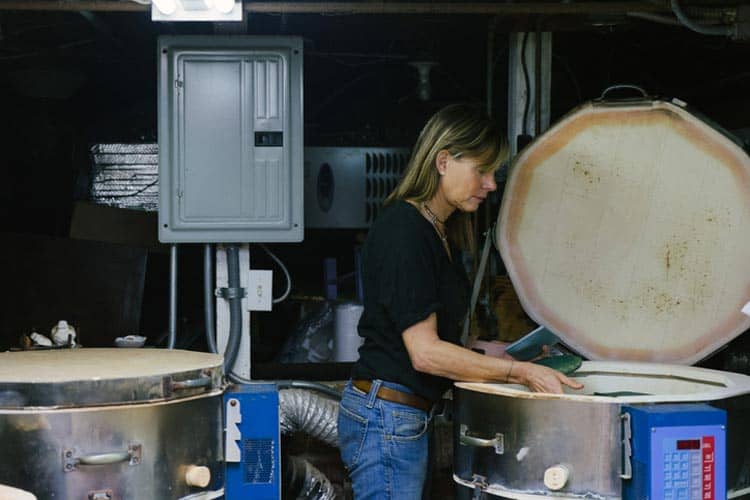First things first, let’s talk about the dangers. Electric kilns can be incredibly dangerous if not used properly. The most obvious danger is the risk of electric shock. Electric kilns use a lot of electricity to generate heat, and if you’re not careful, you could end up getting zapped. This is why it’s important to always make sure that your kiln is properly grounded and that all of the wiring is in good condition.
Another danger that many people don’t think about is the risk of fire. Electric kilns get incredibly hot, and if you’re not careful, you could end up starting a fire. This is why it’s important to always keep your kiln away from any flammable materials and to never leave it unattended while it’s in use.
Now that we’ve talked about the dangers, let’s talk about some safety recommendations. First and foremost, always make sure that your kiln is properly installed and grounded. This means that it should be plugged into an outlet that is grounded and that all of the wiring should be in good condition.
Secondly, always make sure that your kiln is placed in a safe location. This means that it should be away from any flammable materials and that it should be in a well-ventilated area. You don’t want to end up breathing in any toxic fumes that may be produced by your kiln.
Another important safety recommendation is to always wear protective gear when working with your kiln. This includes things like gloves, safety glasses, and a respirator. These items will help to protect you from any potential hazards that may arise while you’re working with your kiln.
Finally, it’s important to always follow the manufacturer’s instructions when using your kiln. This means that you should read the manual thoroughly before you begin using your kiln and that you should always follow the recommended operating procedures.
In conclusion, working with an electric kiln can be incredibly dangerous if not done properly. However, by following these safety recommendations, you can help to minimise the risks and ensure that you’re able to enjoy your kiln without any accidents. Remember, safety should always come first when working with any kind of machinery or equipment, and your electric kiln is no exception. Stay safe, everyone!
Cheers,

![]()






